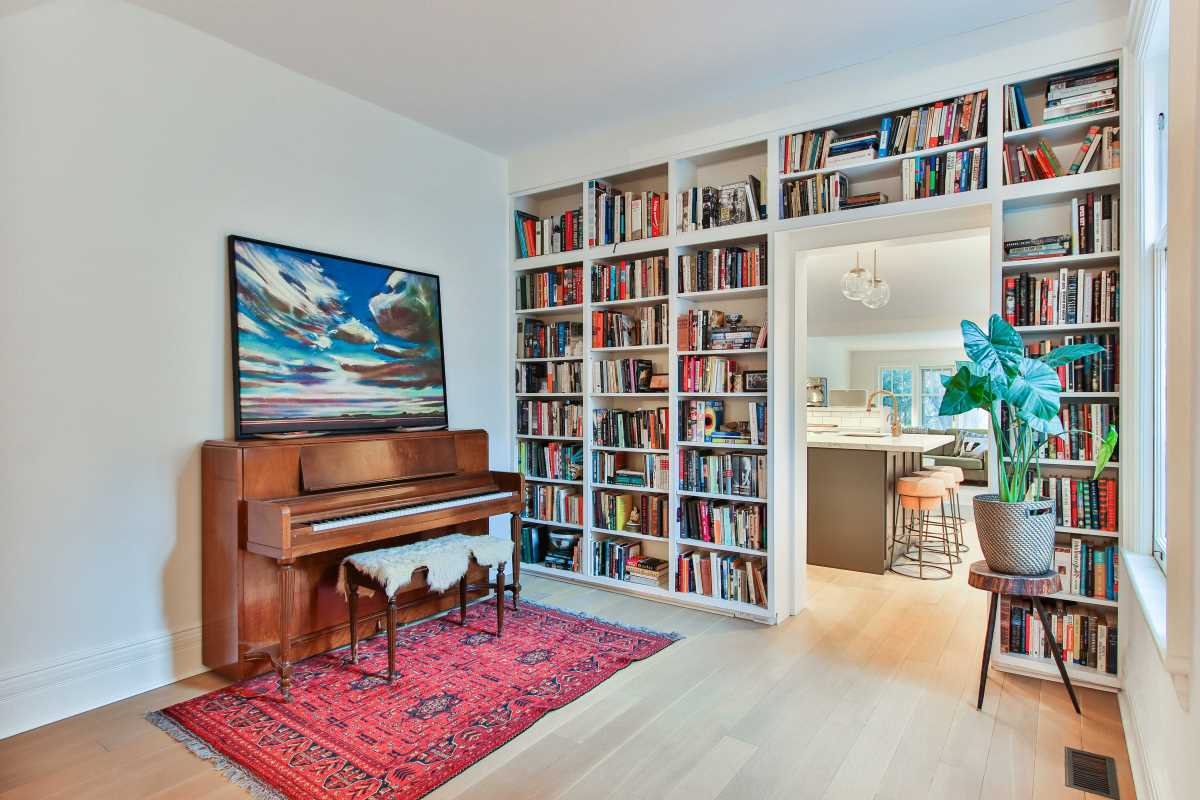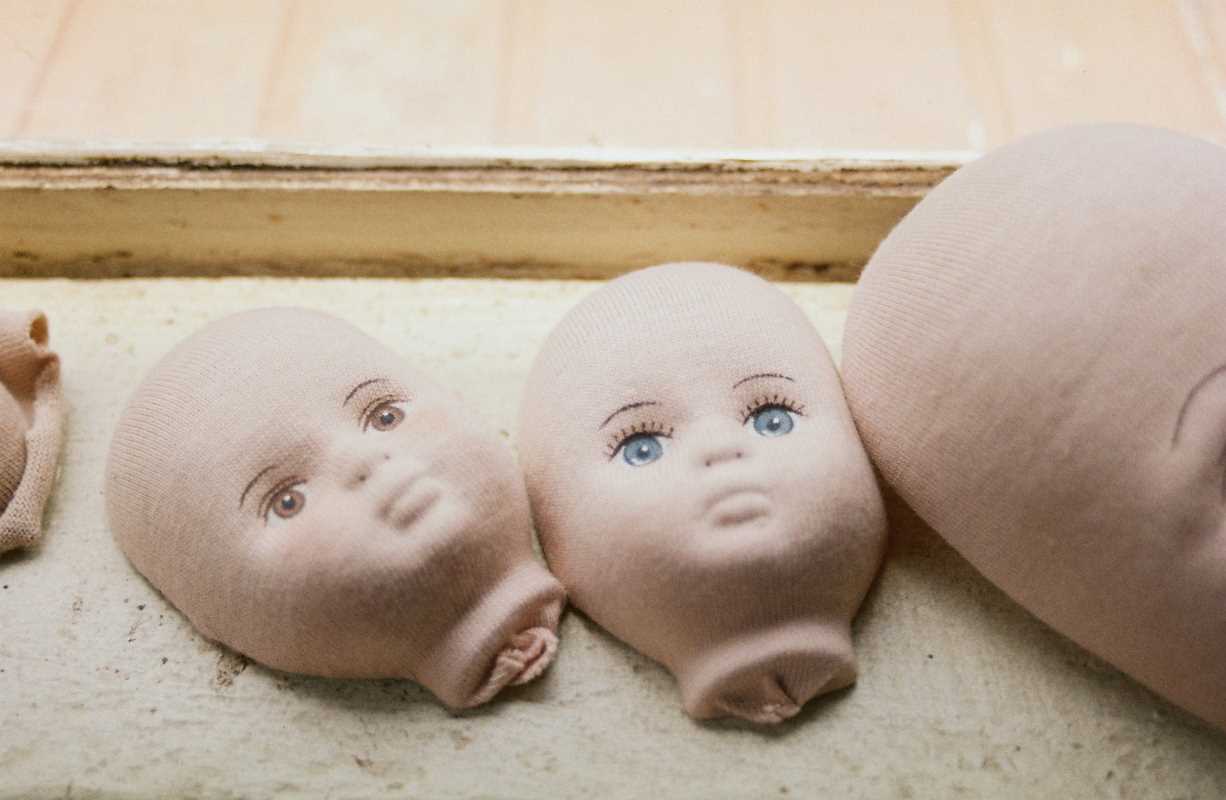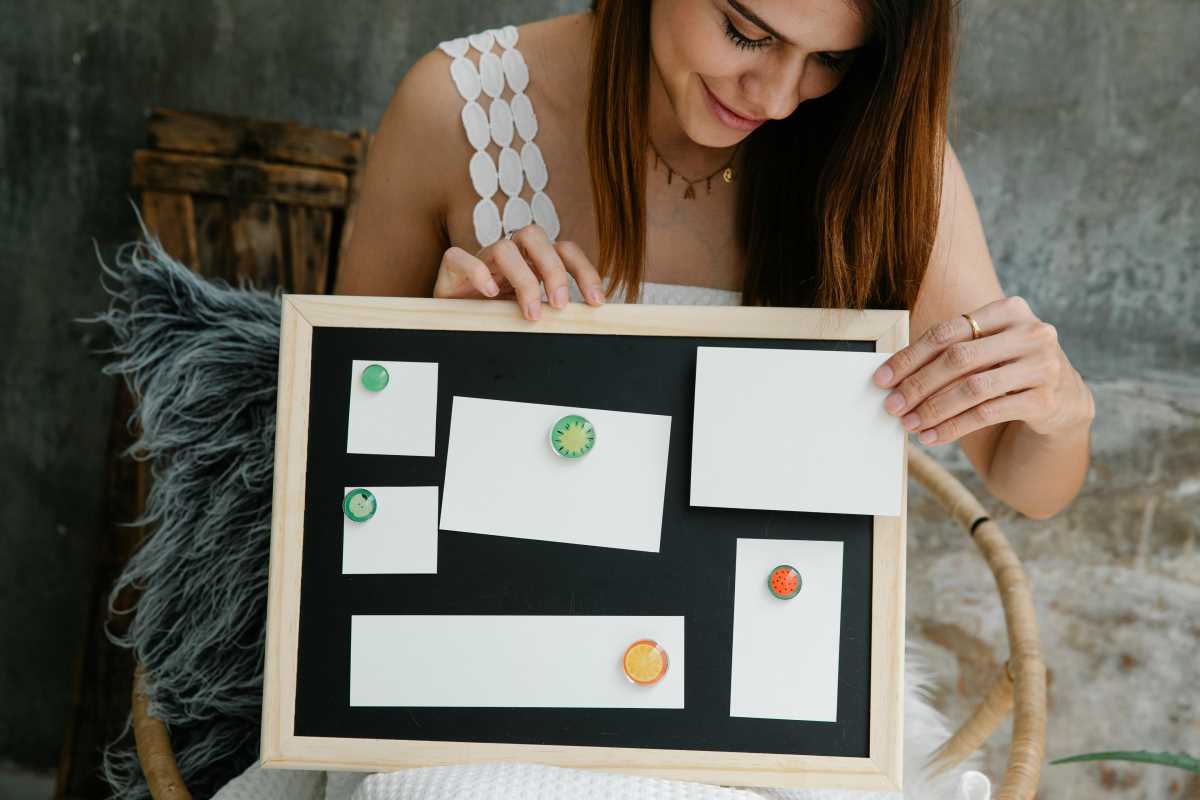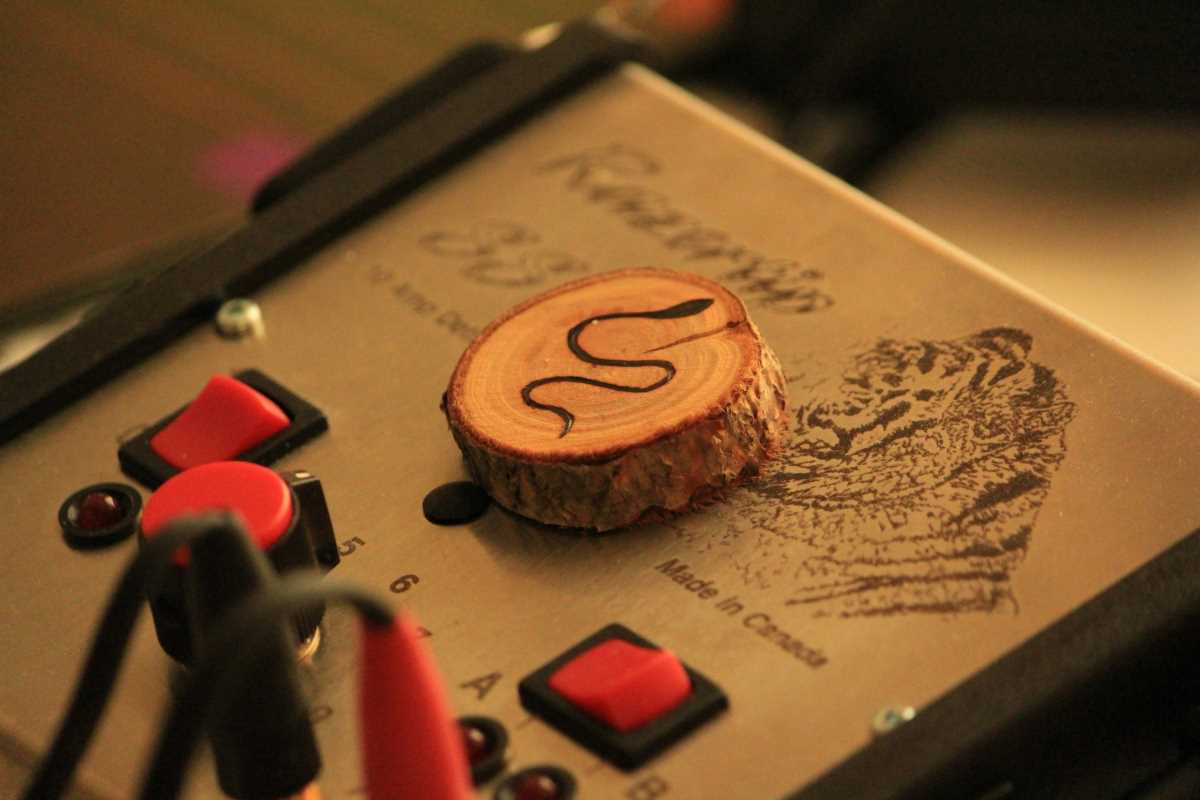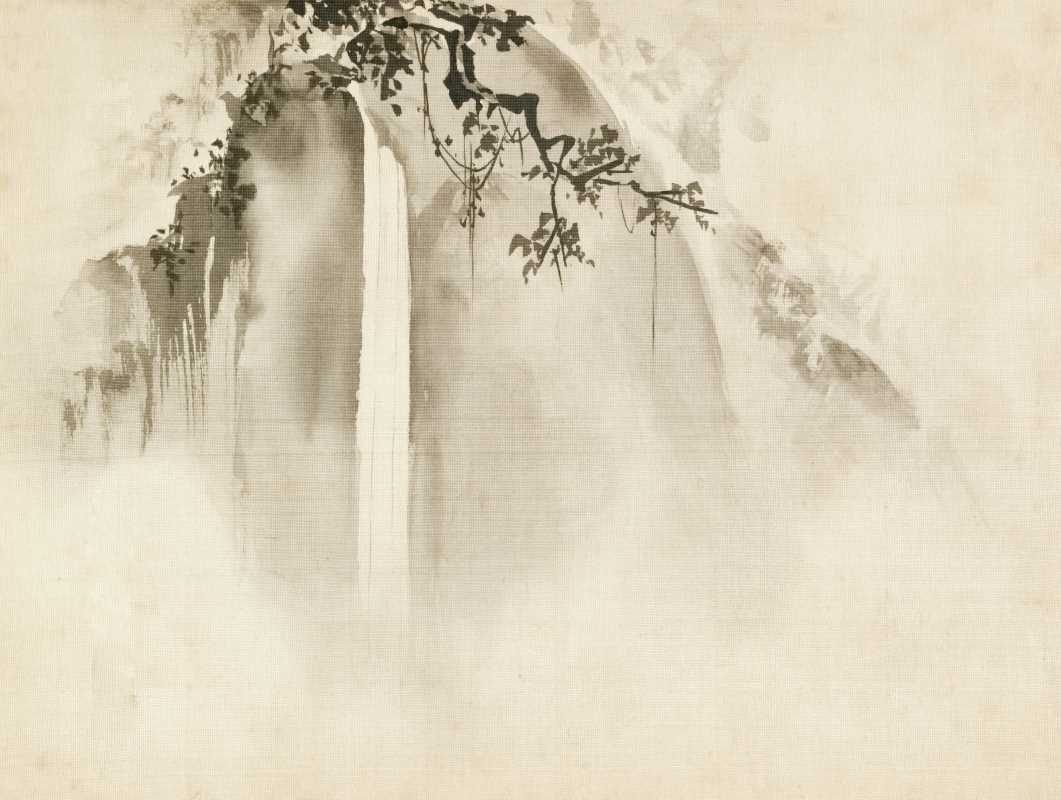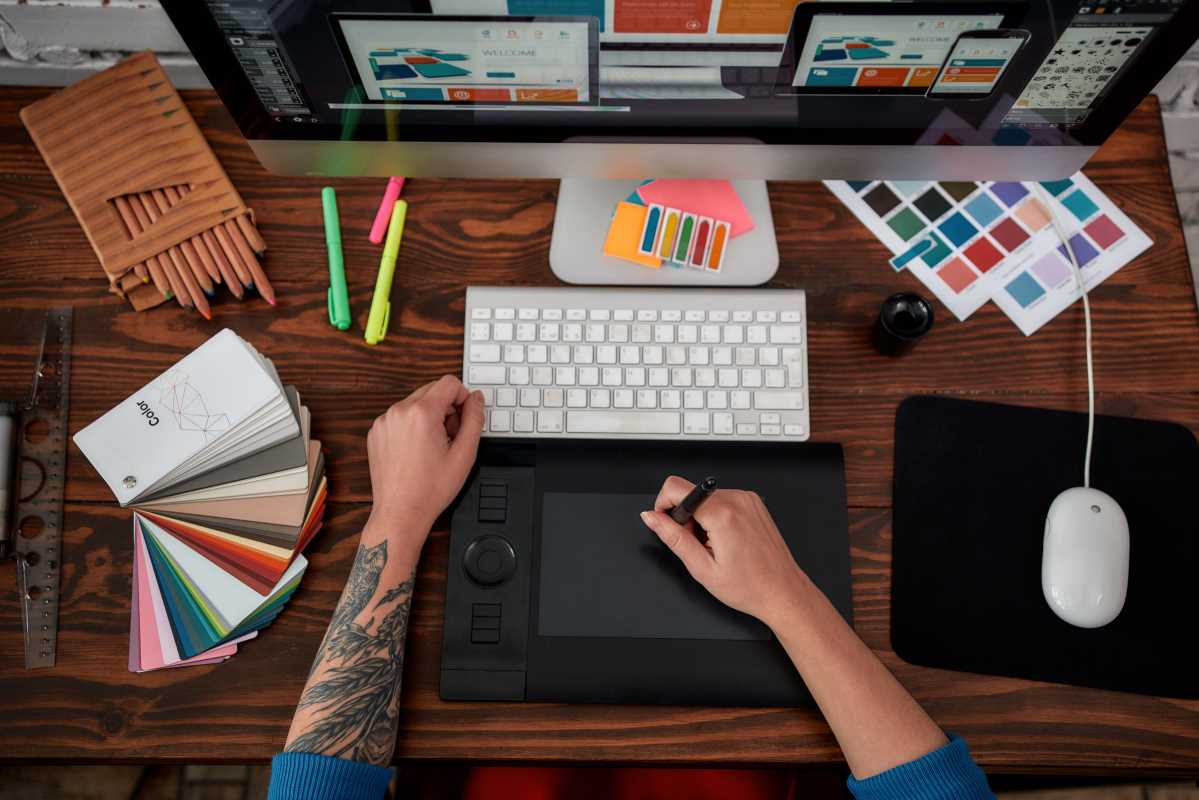Gathering printing supplies and heading into a forest introduces you to a world brimming with creative inspiration. The bark’s rough surfaces, the delicate lines etched into leaves, and the gentle patterns found in river stones all offer unique textures and shapes waiting to be explored. As you collect these natural elements, you open the door to playful experimentation, letting your creativity flow with every impression you make. Each print you create captures a distinct moment in time, reflecting the character of the landscape and the season. By embracing these subtle details, you celebrate the beauty hidden in the everyday scenes of nature.
Dive into steps informed by observation and curiosity, where spontaneity melds with structure. You’ll learn how to interpret sunlight filtering through oak leaves as tonal gradients, capture the subtle ridges on a fern frond as crisp relief prints, and harness the irregularity of weathered stones for abstract compositions. By connecting tactile materials with direct impressions, you embrace unpredictability and reveal hidden beauty all around you.
How to View Nature Through a Printmaker’s Perspective
Tracing the silhouette of a maple leaf on a gelatin plate broadens how you see every shape outdoors. Instead of viewing a leaf as foliage, recognize its ridges as lines of movement. The bark you touch on a walk shifts from rough protective tissue to a network of delicate patterns waiting to be transcribed. This mindset turns ordinary hikes into scouting missions for new visual motifs.
As you wander, let your senses guide you: notice where water gathers on stones, how petals curl under afternoon light, and which twigs cradle droplets. Capture quick photos for reference, observe contrast levels in natural shadows, and imagine how textures transfer to inked surfaces. Each discovery provides unexpected starting points, fueling projects that feel alive and specific to a site.
Immerse your curiosity beyond the obvious: beneath decaying leaves lie worm tunnels that form organic abstractions, while moss blankets on logs hint at velvety impressions. Recognize these micro-landscapes as prime opportunities to expand your vocabulary of shapes. These insights energize every step of your creative process and challenge you to reinterpret the world through a tactile artistic lens.
Materials and Tools in Your Studio
As you finalize your supply list, choose surfaces that amplify natural textures without overpowering them. Gelatin plates offer transparency for layering, while lino blocks provide controlled carving capacity. Archival-quality inks maintain crisp prints and resist fading, helping your work last over time. Consider a handheld brayer for even coverage, and gather scraps of watercolor paper in varied weights for experimenting with absorbency.
Leverage resources you already own: use a roller your local print supply store stocks for under ten dollars, employ leftover cardboard as simple barens, and repurpose ice cube trays to mix custom ink blends. Printmaking projects thrive when you combine professional-grade items with clever household substitutions.
- Gelatin Plate
- Usage: Place a warmed 1/2-inch plate on a clean, flat surface
- Steps:
- Roll out a thin layer of water-based ink in three passes for smooth coverage
- Gently align leaves or small twigs
- Press with a soft cloth in five circular motions
- Peel back slowly
- Cost: Around $20, reusable for dozens of prints
- Care Tip: Rinse immediately and store in plastic to prevent drying
- Linoleum Block
- Usage: Sketch directly on a 4×6 block using a soft pencil
- Steps:
- Carve along veins and ridges with U-gouges for outlines
- Use V-gouges for fine details
- Test impressions on scrap paper before final sheets
- Cost: Typically $8–12
- Maintenance Tip: Sharpen chisels after each session to prevent tear-out
- Baren or Cardboard Tool
- Usage: Cut and layer corrugated cardboard into a round shape
- Steps:
- Stack three layers and glue together
- Wrap tightly in muslin
- Use consistent fingertip pressure in small concentric circles
- Cost: Under $1 (DIY)
- Efficiency Tip: Works well for lifting even impressions without added tools
- Mixing Palette
- Usage: Use an old baking tray or plexiglass sheet
- Steps:
- Squeeze out pigment-based ink in small dollops
- Use a notched spreader to blend hues gradually
- Create gradients before transferring to plate
- Cost: Inks around $15; palette surface can be repurposed
- Tip: Mix carefully to reduce pigment waste
- Paper Selection
- Usage: Test different papers for texture and absorbency
- Steps:
- Try 140 lb. cold press, rice paper, and cotton rag
- Tape lightly to a board to prevent shifting
- Dampen watercolor paper evenly for deeper tones
- Cost: $0.50–$2.00 per sheet
- Exploration Tip: Rotating through paper types reveals differences in finish and depth
Hands-On Techniques for Organic Impressions
Move beyond simple leaf stamps by combining textures in layered compositions. Start with a faint background wash of blended pigments, then imprint a branch silhouette, and finally highlight details with stenciled elements or hand-brushed accents. These multi-pass methods create depth and visual interest that single-layer prints can’t achieve.
- Gel Plate Preparation
- Steps:
- Spread a thin, even layer of water-based ink across your warmed gelatin plate by rolling in three smooth motions.
- Press selected foliage into the surface using a circular buffing action in five spots, ensuring edge contact.
- Lift the plant gently after two minutes.
- Transfer the inked impression onto heavyweight paper with firm, even hand pressure.
- Cost: About $20 per plate
- Tip: Rinse immediately and store in a sealed bag. Lightly mist the plate with water before inking to enhance subtle tonal transitions and prevent harsh edges.
- Steps:
- Leaf Imprinting
- Steps:
- Select leaves with prominent veins, such as ginkgo or oak.
- Lightly brush them with dye or pigment ink.
- Place face down on your printing surface and cover with thin paper.
- Apply gentle, rolling pressure using a homemade cardboard baren or traditional hand baren in small, overlapping circles for at least three passes.
- Peel back slowly after one minute.
- Cost: Inks cost around $15 per tube
- Tip: Score the back of brittle leaves to remove midribs and ensure uniform imprinting without tearing.
- Steps:
- Ink Selection
- Steps:
- Choose water-based or oil-based ink based on your preference for complexity and cleanup.
- Measure a pea-sized amount and spread thinly on a glass palette.
- Mix in transparency extender to adjust viscosity and opacity, stirring for several rotations.
- Test on scrap paper to ensure consistency: too thick causes blotchiness; too thin leads to seepage.
- Cost: Standard ink tubes cost around $12
- Tip: Add a small drop of extender to better capture delicate textures without sacrificing coverage.
- Steps:
- Pressing Technique
- Steps:
- Secure paper over textured elements with low-tack tape.
- Use a wooden spoon or embossed roller to apply downward and lateral pressure in a grid-like pattern.
- Press each quadrant for at least 10 seconds for full contact.
- Remove tape only after the print has slightly cooled and set.
- Cost: Tape costs under $5
- Tip: Rotate your pressing tool’s angle halfway through to prevent directional bias and ensure consistent detail.
- Steps:
- Cleanup Routine
- Steps:
- Wipe excess ink from tools and plates with water and a soft rag immediately after use.
- For stubborn areas, use dish soap in circular strokes and rinse thoroughly.
- Pat dry and store in a ventilated space to prevent rust or mold.
- Cost: Less than $1 per session for soap and cloth
- Tip: Dedicate and label a specific rag for ink cleanup to avoid contaminating other media like watercolor or oil paints.
- Steps:
Final Details and Display
Finish your prints by trimming clean edges, mounting with care, and signing with archival ink for a professional touch. Group works by texture themes and enhance the display with lighting and tactile samples to create a rich, multisensory experience. Each print becomes a bridge between your creativity and nature’s intricate patterns.
